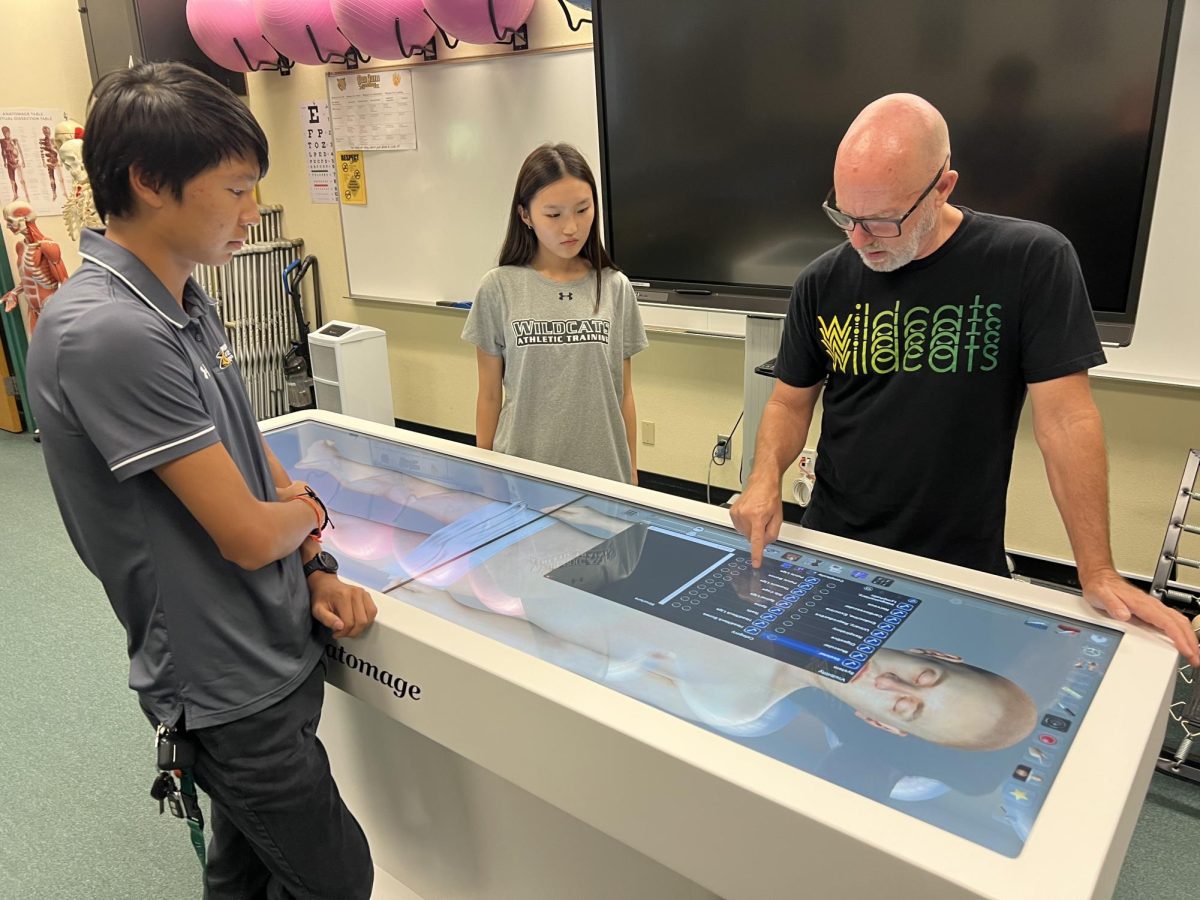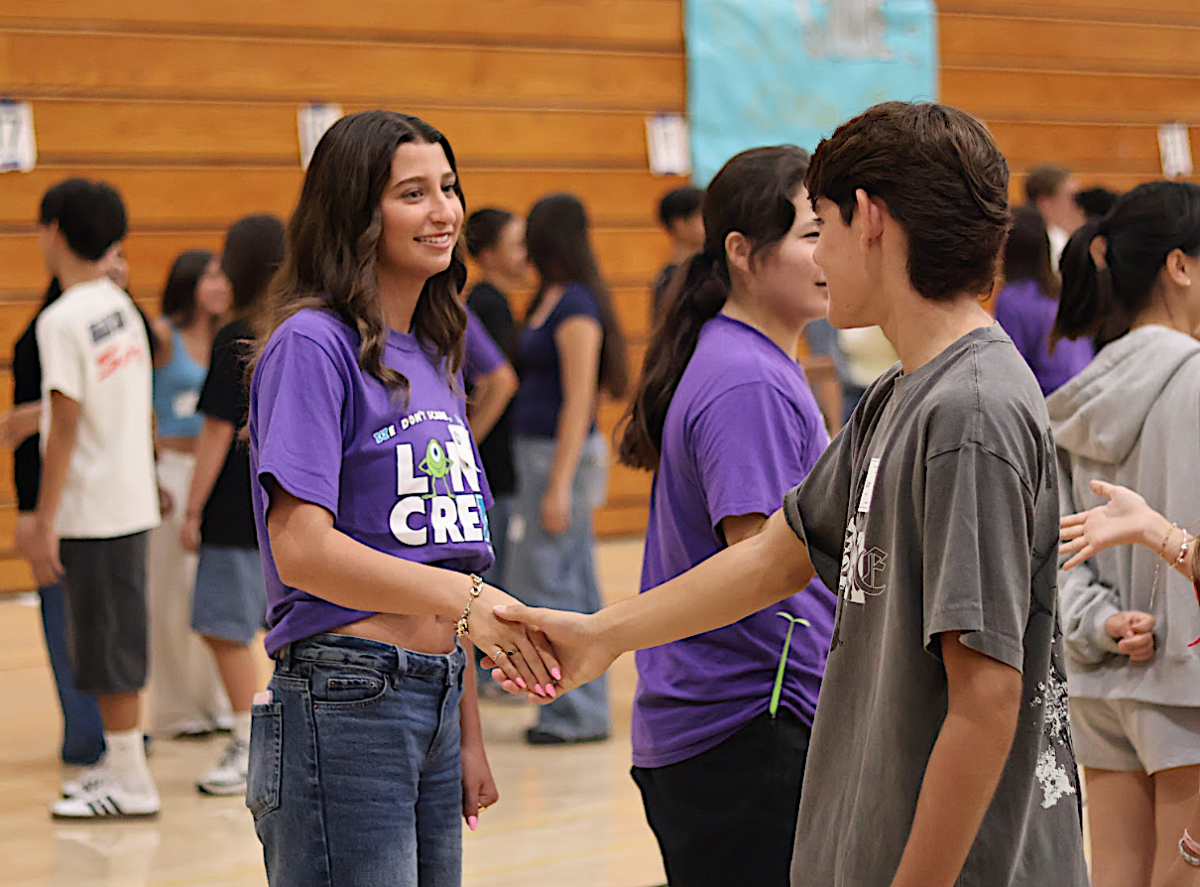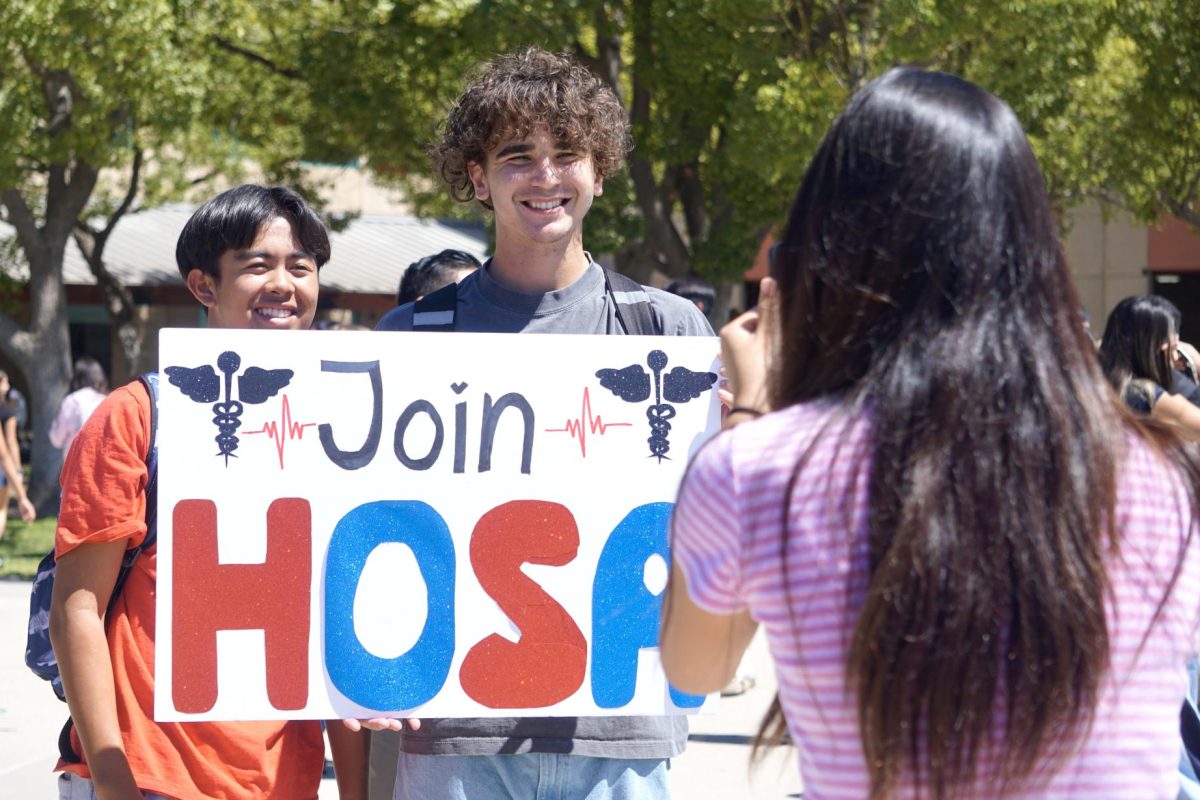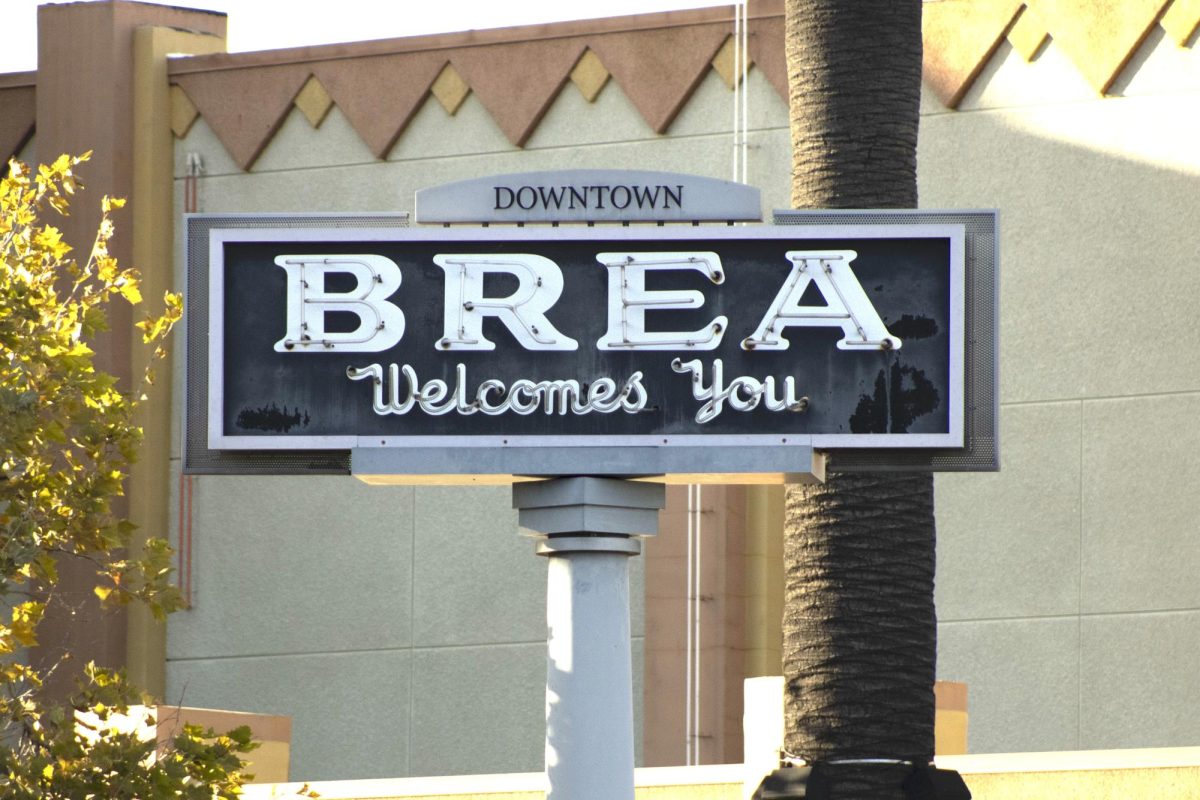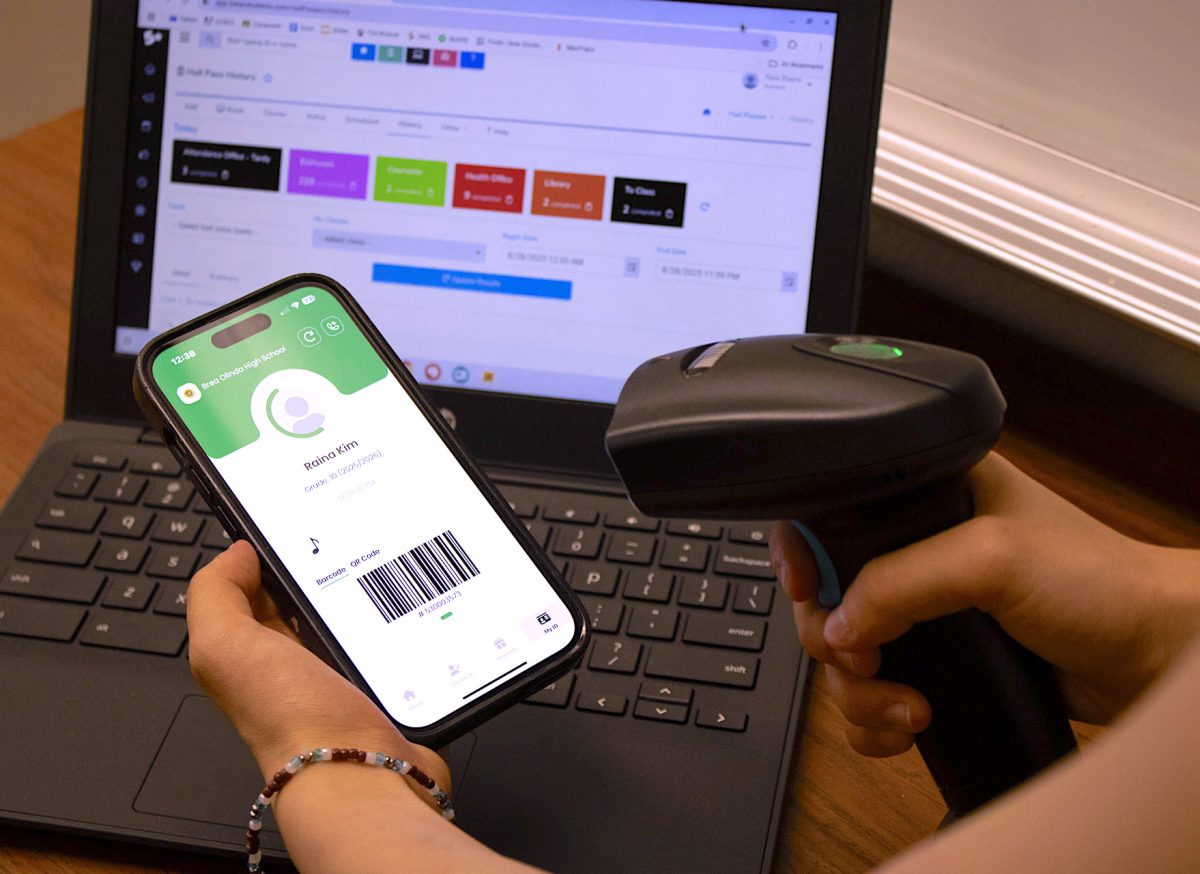This summer, the Wildcat Medical Career Technical Education (CTE) pathway leveled way up with the addition of a state-of-the-art Anatomage table equipped with digital cadavers that students can rotate, explore, and even slice.
Ken McCall, Medical Careers and Sports Medicine and Therapy teacher, will use the table to supplement the two courses’ curricula in learning anatomy, injury treatment, and surgical procedures. McCall’s goal is to give students “a better understanding of the human body” through use of the table.
The Anatomage system has many features, including thousands of annotated structures (anatomic parts of the skeletal, muscle, circulatory, and nervous systems) and anatomy details that can be enlarged to 0.5 millimeters; a variety of cadavers to provide a range of anatomic structures to explore; and displays of the behaviors of physical tissues to help students visualize physiological functions.
Anatomage’s database of anatomy structures and tools — modes for quizzing students, projecting anatomy content onto a screen, and interactive exploration, for example — provides more hands-on anatomy learning for students, which will better prepare students for college and careers in medicine, according to McCall.
Beyond anatomical structure exploration, the Anatomage table also sports a feature that guides students in finding the causes of injury or death in different patients. In McCall’s CTE classes, injury evaluation, prevention, and management are course hallmarks that prepare students for clinical practice.
Ivan Haluska (‘26), Athletic Training intern, considers the table’s modalities a “great advantage” to CTE pathway students. “We will be able to visualize the body better and have an easier way of interacting with [it],” Haluska said.
Prior to the Anatomage table’s arrival, McCall’s classes used the Visible Body online platform to aid students’ understanding of anatomy. The online supplement, however, was prone to glitching when interacting with the digital body, and lagging when booting up, preventing consistent use of the learning tool.
Elizabeth McDonald, CTE Counselor on Special Assignment, witnessed the Anatomage table’s capabilities firsthand during a Sports Medicine field trip to the Inuit Dome stadium April 9. In an email to the Wildcat, McDonald stated that she believed the table’s capabilities would help students “collaborate and problem solve real medical scenarios, while elevating their understanding and communication skills.”
Working alongside BOUSD career counselor and K-8 CTE and Regional Occupational Program (ROP) lead Sheri Cole and an Anatomage sales representative, and with the support of BOUSD superintendent Brinda Leon the school board, McDonald helped draft a proposal to secure district funds awarded through California’s K-12 Strong Workforce Program for the $100,000 table.
The Anatomage table will impact more than just the two elective classes in the patient care pathway. For National Honor Society of Sports Medicine (NHSSM) and Health Occupation Students of America (HOSA), club leadership hopes that the table will impact member experiences.
“For NHSSM, it’s a game changer,” NHSSM president Jalen Patel (’26) said.
In NHSSM, qualifying members attend the annual American Academic Competition Institute’s National High School Sports Medicine Competition, where BOHS competes against other schools to locate bodily structures on an Anatomage table.
However, BOHS has struggled in the past due to not being familiar with the Anatomage technology.
“Because other schools had more practice using the table, our team didn’t advance far in the competition,” Patel said of previous years’ AACI experiences, in which the BOHS did not place. “I plan to integrate [the table] into our meetings and build a strong team to compete at the 2026 AACI competition. Having [Anatomage] at our school will help us improve a lot.”
HOSA President and previous Athletic Training Intern of the Year Christine Kim (’26) looks forward to students in both McCall’s pathway and HOSA using the feature because it “stimulates being in the healthcare field.” The table’s modes to quiz students on structures or find the causes of injury in patients elevate the skills of structure recall and injury evaluation, both crucial to the healthcare field.
In the future, McCall hopes that using the table in course curriculum will better prepare students for a career in medicine.
“For a future healthcare profession, you gotta learn the human body,” McCall said. “Visual, engaging, hands-on experience that is real-world applicable is going to prepare my students for the future.”
Ultimately, integration of the Anatomage table into the CTE curriculum will be “trial and error,” McCall said, but he is confident that it will elevate BOHS’s academic appeal and the CTE pathway’s impact on students.
“I think it’s a win for the school, for me, and for the students,” McCall said.


